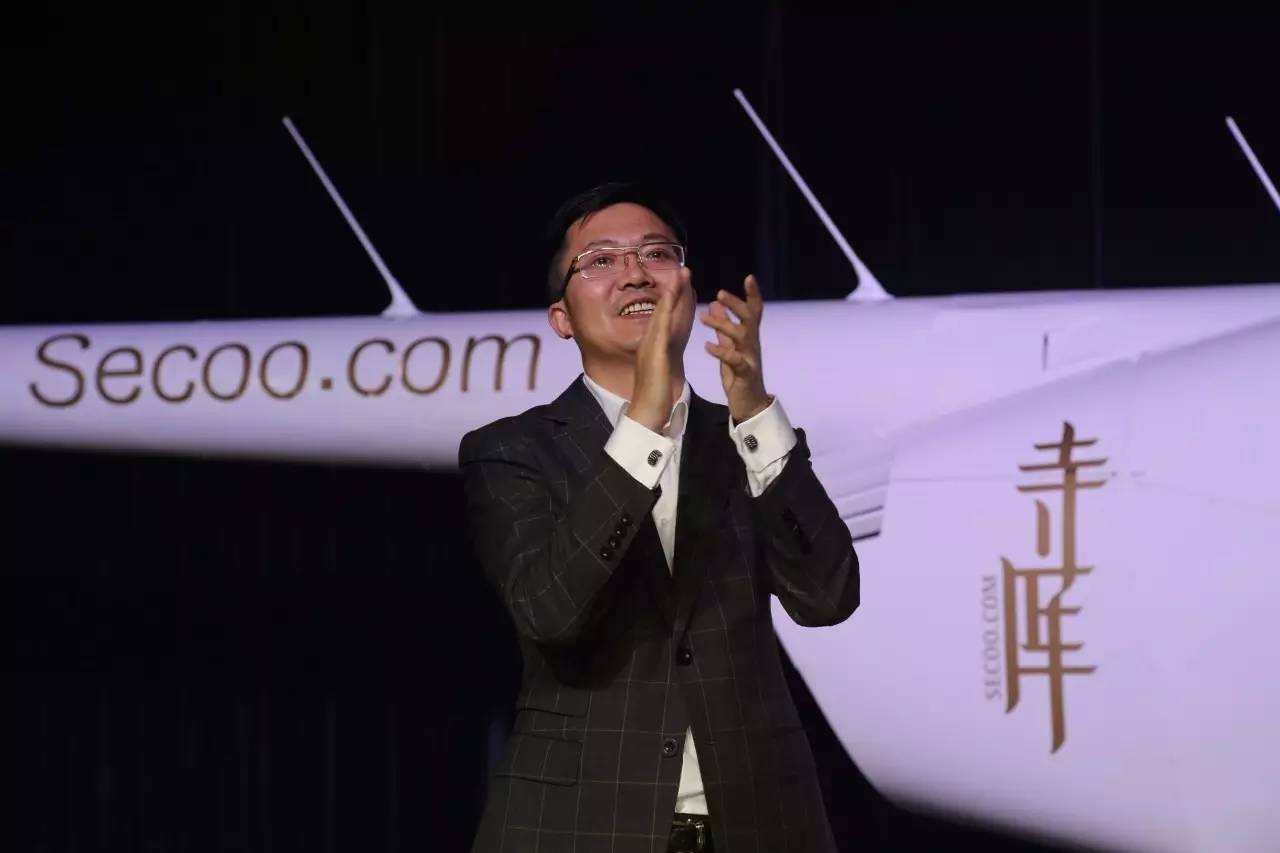Chinese e-tailer Secoo is broadening its definition of luxury in hopes of standing out in the competitive high-end e-commerce sector in China.
At the upcoming Shanghai Fashion Week, which takes place this season from March 28 to April 3, Secoo is collaborating with organizers the Shanghai Textile Group to create a channel on its platform for the show’s top 100 designers. Over the course of the week, they’ll introduce products from a handful of Chinese fashion labels at a time, alongside a collaboration with the Shanghai Fashion Week tradeshow Ontime, which will bring a selection of designers from all over the world to its app.
“Many of the designers we chose from Shanghai Fashion Week are already very famous, while a majority of the designers from the Ontime show are really niche brands, so combined, it creates more of a rich selection on our platform,” a spokesperson for Secoo told Jing Daily. “Especially when it comes to the millennial generation, consumers prefer something very unique to show off their personality.”
Secoo’s latest partnerships are among a series of strategic moves that the company hopes will help them differentiate themselves from other players in the market, and give them a leg up in appealing to the millennial generation, the main consumer segment driving the growth of luxury in China.
The company reported in its unaudited fourth quarter and full year 2017 results this week that its total net revenues reached 574.9 million last year, up just over 44 percent from the year before. In the fourth quarter, the number of active customers rose more than 66 percent to approximately 200,000 compared to the year before. In that quarter, the company welcomed 80 new brands to its platform, including Armani, Carat London, Corto Moltedo, and House of Fraser, along with six new liquor brands and 11 home and lifestyle brands.
But there are no plans to stop there. The company reports that in response to an upgrade in Chinese consumption, it intends to expand into new categories and upgrade its services both online and offline. Secoo already boasts offline experience centers for customers, but the hope is to provide a more integrated marketplace for customers — essentially creating a one-stop-shop for all things luxury.
Secoo said there are currently some categories they’re looking to upgrade with new partnerships, such as their high-end, customized travel offerings, food, and drink. In one recent effort towards differentiation, Secoo set up a pop-up bar and shop in Shanghai to debut its newest offering for its customers, its own cocktail brand. “24/7 by Secoo” will be introduced exclusively through its bar partnerships, including one of Asia’s Best 50 Bars, Janes and Hooch in Beijing.
Luxury apparel and accessories still make up the majority of its business, though, and Secoo is hoping that bringing local names in the fashion industry to its customers will help “accelerate their growth.”
“The definition of luxury is that it’s exclusive and expensive. Expensive is very easy to get, but exclusivity is not so easy,” the spokesperson said. “You’re finding that more and more stores are carrying the same thing, and this can be a problem for people who want something exclusive. Indie designers are giving us the opportunity to have very unique products — to provide our customers more choices, more options, more designs.”
Industry insiders have long speculated about the impact Chinese designers might have on the health of the big luxury brands in China. In the last few years, many homegrown labels have shot into the limelight as buyers from global concept stores as well as the big four fashion weeks have taken notice. Other major e-commerce platforms, including Tmall and JD.com, have worked with Shanghai Fashion Week in various capacities to provide emerging indie designers from China online exposure to the masses.
Additionally, the origin of a brand might have less influence on Chinese consumers than it used to, meaning a shopper wouldn’t necessarily appreciate a Western fashion brand more just because of where it’s from, according to a report by McKinsey. While the study doesn’t technically apply to the luxury sector just yet, the spokesperson said he thinks it’s important for Secoo to get ahead of the game as the environment might be a force for change in the coming years.
“Luxury brands might need to worry,” the spokesperson said. “In the next five years, they’ll still be the main force in the industry and they’ll still have a strong market share, but that’s because the indie Chinese designers are not so mature. They’re still growing. And many members of the older generation prefer to buy luxury products from a traditional standpoint, choosing big names with classic motifs, so they receive messages from luxury brands more easily. But for the younger generation, I think in the next 10 to 15 years, the indie designers will become mainstream.”
Of course, for now, the luxury brands working with Secoo can likely simply look forward to being part of a bigger online ecosystem that’s hoping to woo consumers who are looking for a bottle of nice wine to pair with their Emporio Armani blazer and shirt by Chinese menswear designer Sean by Sean in a five-star boutique hotel, and so on. And Secoo is counting on that formula to work outside of mainland China with the recent launch of an international website.
“The Chinese market is only part of our plan — going global is a very important goal for us,” the spokesperson said. “If we only sell luxury products, then we don’t have any advantage. We need to have something very different. We want to bring local indie designers to the world to show them what they have got and to introduce Chinese culture to the world.”



